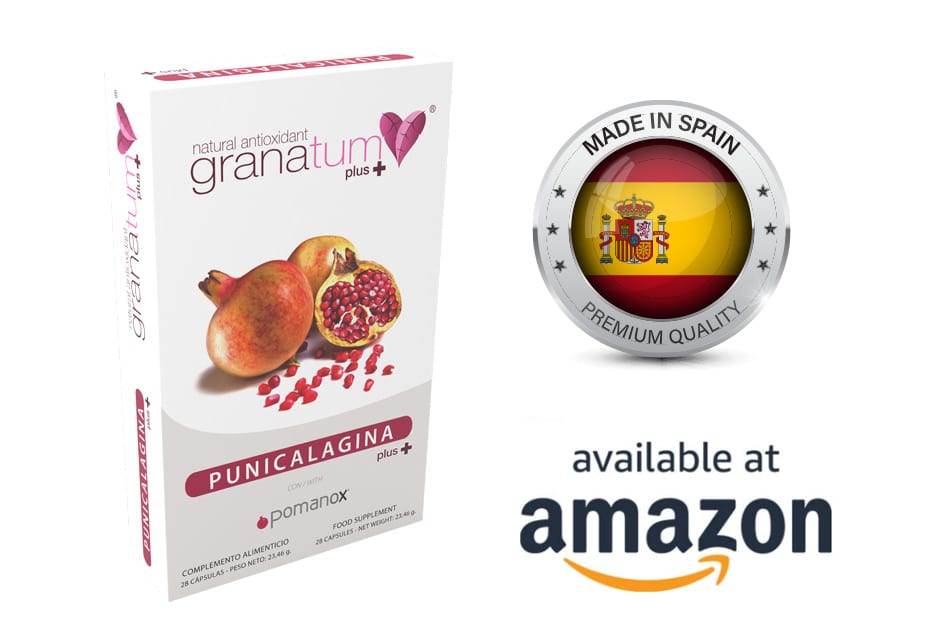
We studied the model system of high- vs. low-capacity runner (HCR vs. LCR) to question the atherogenic properties (oxidative stress, triglycerides and cholesterol metabolism) in the macrophages, serum, liver and heart. Half of the LCR or HCR consumed pomegranate juice (pomegranate juice 15 μmol of gallic acid equivalents/rat/day) for 3 weeks and were compared to placebo-treated rats.
We conclude that HCR vs. LCR rats demonstrate reduced atherogenicity, mostly in their macrophages pomegranate juice exerts a further improvement, mostly in macrophages from LCR rats.
COUNTRIES: Israel, USA
CONDUCTED BY: The Lipid Research Laboratory, Rambam Health Care Campus, The Rappaport Faculty of Medicine and Research Institute, Technion–Israel Institute of Technology, Haifa, Israel; Department of Physiology and Biophysics, Technion Rappaport Faculty of Medicine, Haifa, Israel; Department of Anesthesiology, University of Michigan, Ann Arbor, USA.
PUBLISHED ON: The Journal of Nutritional Biochemistry
RESEACH:
We studied the rat model system of high- vs. low-capacity runner (HCR vs. LCR) rats to question the atherogenic properties (oxidative stress, triglycerides and cholesterol metabolism) in the rat macrophages, serum, liver and heart. Half of the LCR or HCR rats consumed pomegranate juice (pomegranate juice 15 μmol of gallic acid equivalents/rat/day) for 3 weeks and were compared to placebo-treated rats.
At the end of the study blood samples, peritoneal macrophages (RPM), livers, and hearts were harvested from the rats. RPM harvested from HCR vs. LCR demonstrated reduced cellular oxidation (21%), increased paraoxonase 2 activity (28%) and decreased triglycerides mass (44%).
Macrophage uptake rates of fluorescein–isothiocyanate-labeled low-density lipoprotein (LDL) or oxidized LDL were significantly lower, by 37% or by 18%, respectively, in HCR vs. LCR RPM.
Pomegranate juice consumption significantly decreased all the above atherogenic parameters with more substantial beneficial effects observed in the LCR vs. the HCR rats (~80% vs. ~40% improvement, respectively).
Similar hypo-triglyceridemic pattern was noted in serum from HCR vs. LCR. In contrast to the above results, liver oxidation and triglycerides mass were both minimally increased in HCR vs. LCR rats by 31% and 28%, respectively. In the heart, lipid content was very low, and interestingly, an absence of any significant oxidative stress, along with modest triglyceride accumulation, was observed.
We conclude that HCR vs. LCR rats demonstrate reduced atherogenicity, mostly in their macrophages pomegranate juice exerts a further improvement, mostly in macrophages from LCR rats.
YEAR: 2015
